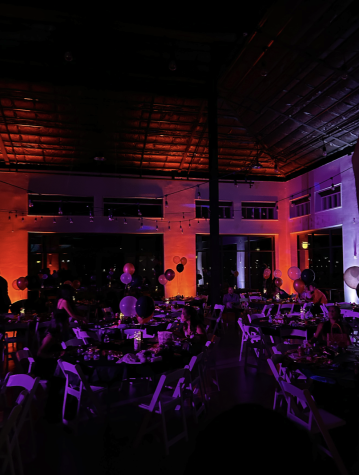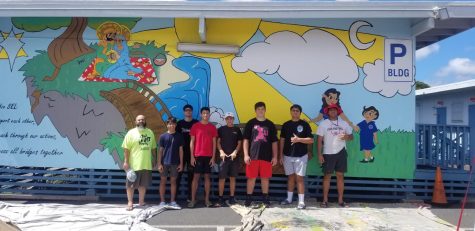The Fall of the Amazon Rainforest
October 6, 2019
The world’s largest rainforest, the Amazon, spans eight countries and covers 40% of South America, an area that is nearly the size of two-thirds of the US, according to the World Wildlife Fund. More than 30 million people live in the Amazon, which is also home to large numbers of mammals, birds, amphibians and reptiles, most of them unique to the region. Since the beginning of 2019, Brazil’s National Institute for Space Research has reported 72,843 fires in the country, with more than half of these being seen in the Amazon region. An 80% increase in deforestation has occurred so far this year compared to last year, according to the institute. Images from the city show the sky pitch-black in the middle of the afternoon, the sun partially obscured by ash and dark.

Farmers and cattle ranchers have long used fire to clear land and make it ready for use, so they are likely behind the unusually large number of fires burning in the Amazon. “This year’s fires fit with an established seasonal agricultural pattern”, said CNN meteorologist Haley Brink. “It’s the best time to burn because the vegetation is dry, wait for the dry season and they start burning and clearing the areas so that their cattle can graze. And that’s what we’re suspecting is going on down there”.

Deforestation is neither new nor limited to one nation. Across the globe, cleared land is needed to expand agriculture and other activities, such as cattle ranching, soy production and logging favored in Brazil, according to Nigel Sizer, a tropical forest ecologist, and chief program officer with the Rainforest Alliance. It is responsible for 80% to 90% of the loss of tropical forests around the world. Already, 20% of the wider Amazon biome, including not only the rainforest but adjacent regions, has been lost to mining, logging, farming, hydropower dams, and roads, according to the World Wildlife Fund.
Bibliography
Scutti, Susan. “Here’s What We Know About the Fires in the Amazon Rainforest.” CNN, Cable News Network, 24 Aug. 2019, www.cnn.c







